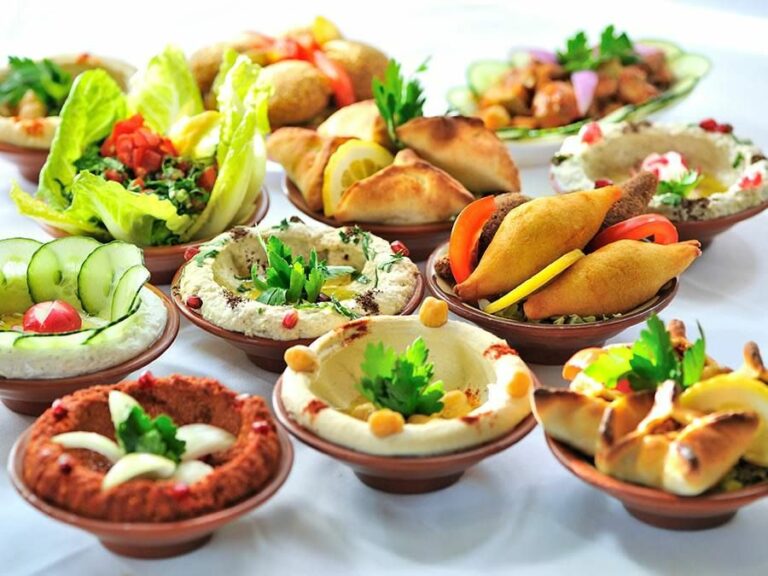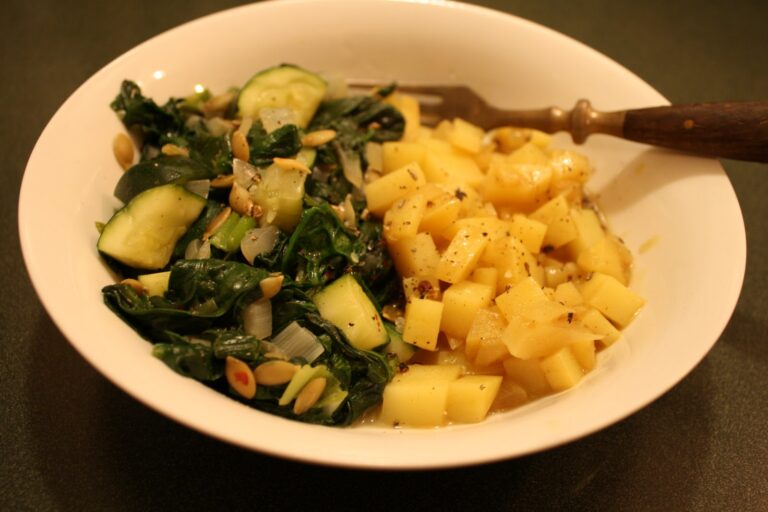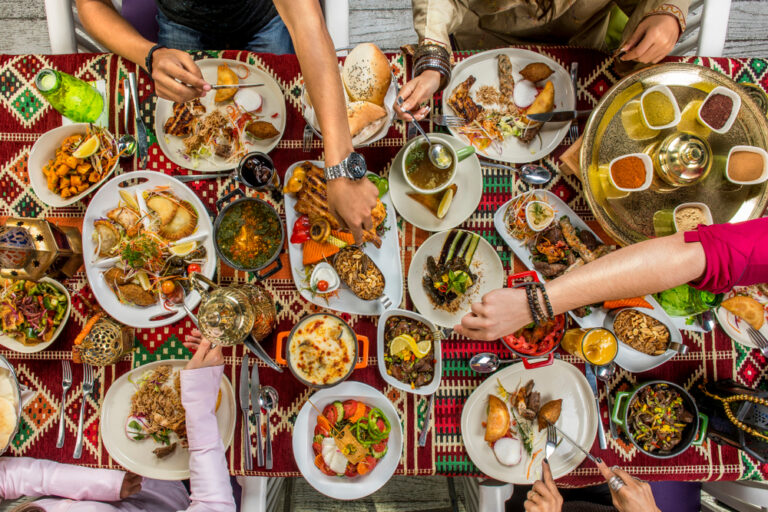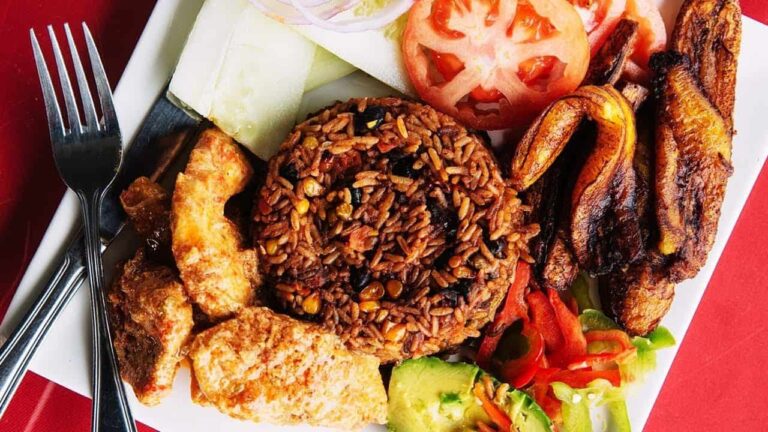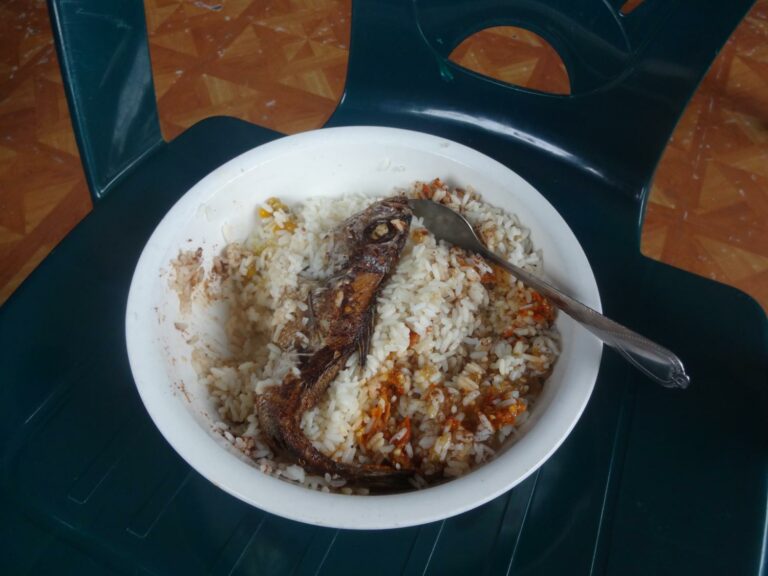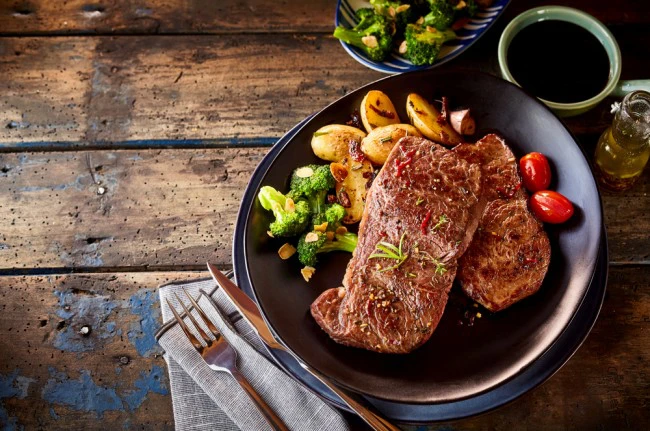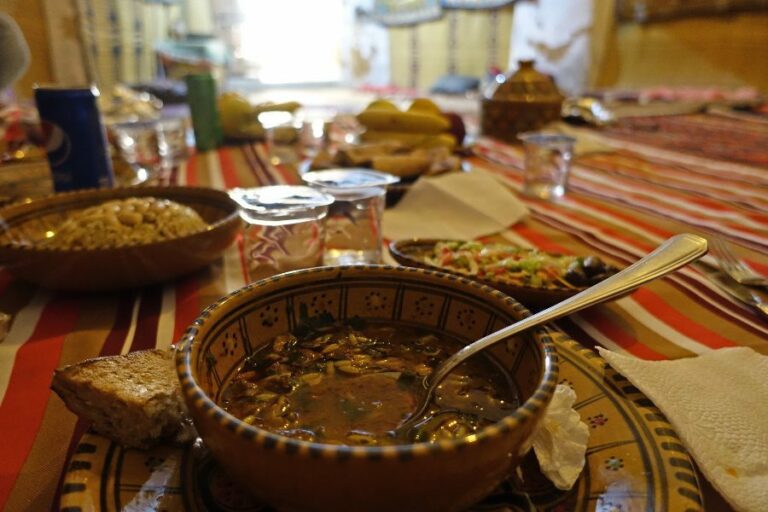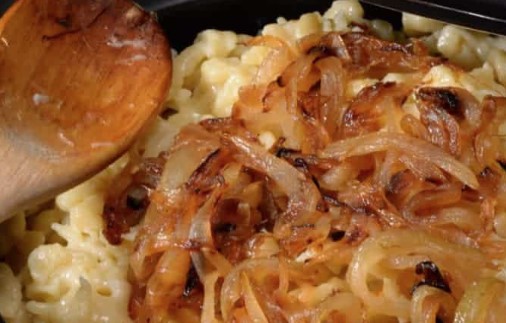Introduction: Lebanese cuisine and its condiments
Lebanese cuisine is known for its rich and diverse flavors, which are often attributed to the use of various herbs, spices, and condiments. Lebanese cooking is heavily influenced by Mediterranean and Middle Eastern flavors, resulting in a cuisine that is characterized by fresh ingredients and bold flavors. Lebanese condiments and sauces play a vital role in enhancing the taste and texture of the dishes and can elevate even the simplest of meals.
Tahini: The popular sesame paste
Tahini is a staple condiment in Lebanese cuisine and is made from ground sesame seeds. It is commonly used as a dip, sauce, and salad dressing. Tahini has a nutty and earthy flavor and is often used in combination with lemon juice, garlic, and olive oil to make tahini sauce or tahini dressing. It also serves as a key ingredient in hummus, a popular Middle Eastern dip made from chickpeas, tahini, lemon juice, and olive oil.
Za’atar: The flavorful and versatile spice blend
Za’atar is a blend of herbs that is widely used in Lebanese cuisine. The blend typically includes thyme, oregano, sesame seeds, sumac, and salt. Za’atar can be used as a seasoning for meats, vegetables, and bread, and is often mixed with olive oil to make a dip or spread. It has a tangy, nutty, and herbaceous flavor profile and can add a unique flavor to dishes.
Tarator: The tangy and refreshing yogurt sauce
Tarator is a tangy and refreshing yogurt sauce that is popular in Lebanese cuisine. It is made from yogurt, garlic, lemon juice, and sometimes cucumber or mint. Tarator is commonly used as a dip for vegetables, as a sauce for grilled meats, or as a dressing for salads. It has a creamy and tangy flavor and can provide a refreshing contrast to spicy or heavy dishes.
Toum: The garlicky and creamy dipping sauce
Toum is a garlicky and creamy dipping sauce that is commonly used in Lebanese cuisine. It is made from garlic, lemon juice, salt, and oil, and has a smooth and creamy texture. Toum is typically used as a dip for grilled meats, vegetables, and bread, or as a spread for sandwiches. It has a strong garlic flavor and can add a pungent kick to any dish.
Pomegranate molasses: The sweet and sour syrup
Pomegranate molasses is a sweet and sour syrup that is commonly used in Lebanese cuisine. It is made by boiling pomegranate juice, sugar, and lemon juice until it reaches a thick, syrupy consistency. Pomegranate molasses is often used as a marinade for meats, as a dressing for salads, or as a flavoring for dips. It has a tangy and fruity flavor that can provide a unique and complex taste to dishes.

